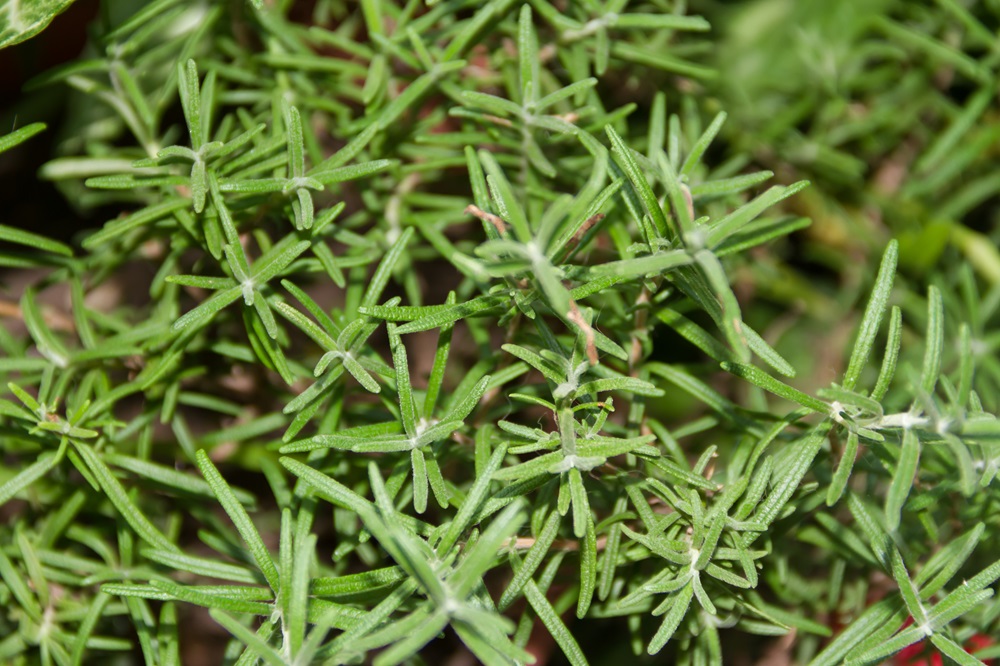Cleavers (Galium aparine) – Properties, Characteristics, and Uses

Cleavers is a widespread weed that may offer a range of valuable properties. Though unwanted by farmers, this plant - with its distinctive hooked hairs - can support the immune system, offer antibacterial effects, and show anti-inflammatory potential. What does cleavers look like? When is it worth using? Cleavers uses - how to incorporate it?
Table of contents
Cleavers - what is it? What does cleavers look like?
Cleavers (Galium aparine L.) is an annual plant from the Rubiaceae family and is one of the most common weeds. It grows in fertile forests, thickets, and roadsides. Its branched stems are covered in tiny hooked hairs, which allow it to cling to other plants, animal fur, and even clothing – hence the name "cleavers." These hairs also help the plant climb and use other vegetation as support.
Galium aparine has square stems with narrow, one-veined leaves arranged in whorls. It features small flowers on long stalks that grow in cymes significantly longer than the leaves. Its fruit is a schizocarp that splits into two nutlets, both covered in hooked bristles, helping the plant spread over long distances.
Cleavers - active compounds
Cleavers is a nitrogen-loving plant that flowers between June and August. Though commonly seen as a weed, it contains many beneficial substances, including:
- coumarin
- iridoid glycosides
- flavonoids
- alkaloids
- saponins
- silica
- phenolic acids, including caffeic acid
- tannins
- vitamin C
- essential oils
Cleavers - what is it good for? Cleavers - properties
Cleavers has been used for centuries. In ancient Greece, it was recommended to combat fatigue and physical exhaustion. It was also used to treat burns, wounds, and various skin conditions. Over time, it became known as a liver tonic and detoxifying agent, believed to support weight loss.
Modern studies suggest cleavers may offer several health benefits. It's considered to have antioxidant properties – helping reduce free radicals and reactive oxygen species, which in turn may lower oxidative stress and slow aging.
Research also indicates it may positively influence immune function, boosting the body's defenses and helping fight off infections and pathogens.
Its bioactive compounds give it antibacterial potential and diuretic effects, making it a natural aid in urinary tract infections. It may also help reduce swelling and provide antiseptic and anti-inflammatory support.
Data suggests cleavers may improve blood circulation and support cardiovascular health by helping prevent clots and thinning the blood. Additionally, it may promote wound healing.
Though traditionally believed to speed up metabolism and aid weight loss, there's still limited scientific evidence to confirm its effectiveness for this purpose.
Cleavers - uses
Cleavers is a versatile plant. In ancient Greece, its hooked stems were used to make sieves for straining milk. It was also grown as feed for geese, chickens, and ducks, and used to treat various ailments. Historically, cleavers served as a natural red dye and mattress filler. It was once even used in hair rinses to strengthen hair.
Since young cleavers shoots are edible, the plant has culinary uses. It can be added to salads, soups, stews, or served alongside meat and raw vegetable dishes. Cleavers seeds, when dried, roasted, and ground, can serve as a caffeine-light coffee substitute with a similar taste and aroma.
The plant can also be made into herbal infusions, decoctions, and tinctures. It's increasingly available in supplement form – tablets, capsules, or powders – providing concentrated amounts of its beneficial compounds.
Cleavers - how to drink it
To make a cleavers infusion, pour 250 ml of boiling water over one teaspoon of dried herb and cover for about 15 minutes. After steeping, strain and drink. The tea can be consumed up to three times a day.
To prepare a tincture, combine 50 g of dried cleavers with 400 ml of 40% alcohol in a jar. Store the mixture in a dry, dark place and shake gently once a day. The tincture will be ready after at least 10 days.
You can also consume fresh cleavers shoots by blending them with your favorite fruits to make smoothies or wellness drinks.
Cleavers - how long to use it?
It’s generally recommended to use cleavers-based products periodically. Dietary supplements containing concentrated plant extract should be taken according to the manufacturer’s instructions. Homemade preparations like infusions can be used for 2–3 months, followed by a break of a few weeks.
Cleavers - side effects and safety
Cleavers are considered a safe herb when used as directed. However, excessive intake may lead to nausea, stomach pain, or skin rashes.
Despite its benefits, cleavers is still an aggressive weed in agriculture – it can entangle other crops, block sunlight, and weaken surrounding plants. It also attracts aphids, which damage crops and reduce yield. In large quantities, cleavers may be harmful to livestock, potentially affecting their digestive health.
Cleavers - contraindications
Cleavers and its extracts should not be used by people with high blood pressure. It’s also not recommended for those taking blood thinners or diuretics, or for individuals on long-term medications. People with chronic conditions should consult a doctor before using cleavers.

